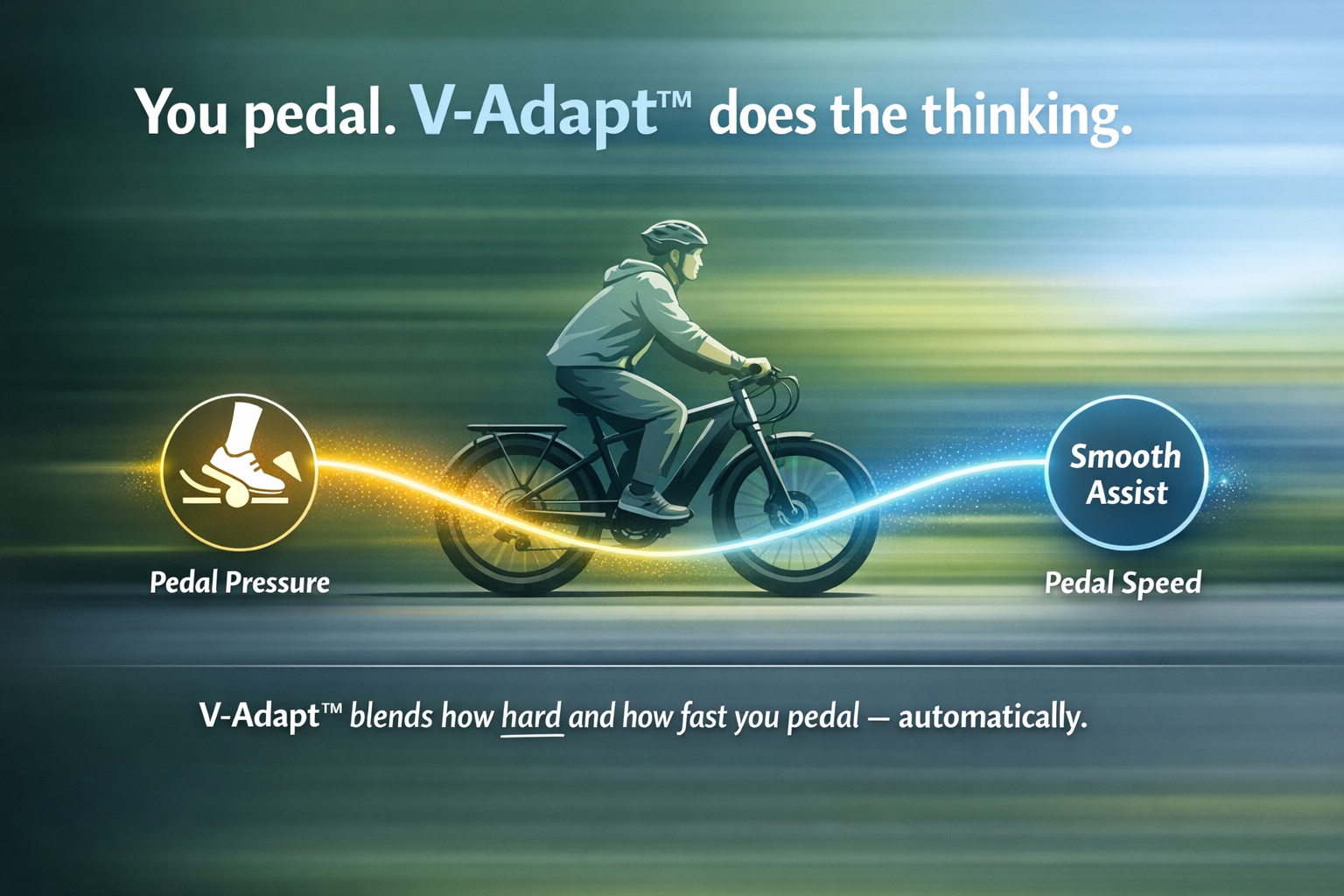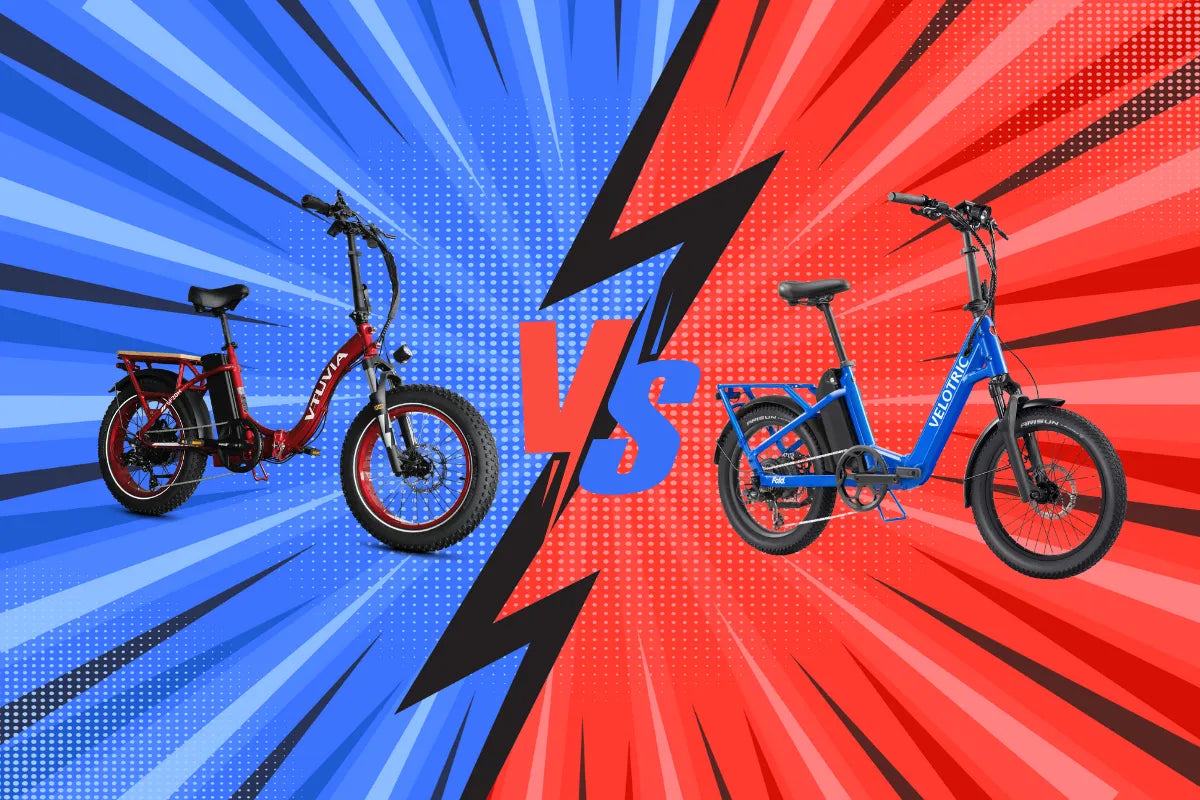Electric bikes (E-bikes) blend traditional bicycle design with a battery-powered "pedal assist" mechanism, propelling riders further and faster with less effort. Their innovative design and environmental benefits have sparked a surge in popularity worldwide, offering a greener alternative to conventional transportation methods.
The Rising Popularity of E-bikes
With urban congestion and pollution concerns growing, E-bikes present an efficient solution. They are not just a fad; they are part of a crucial shift towards sustainable mobility, allowing individuals to reduce their carbon footprint while enjoying the freedom and health benefits of cycling.
E-bikes and Carbon Emission Reduction
How E-bikes Reduce Carbon Footprints
Switching to an electric bike significantly lowers individual carbon emissions, especially when replacing car commutes. E-bikes require a fraction of the energy cars do, directly contributing to decreased urban air pollution and greenhouse gas emissions.
E-bikes vs. Traditional Vehicles: A Comparative Analysis
Compared to cars and even public transportation, E-bikes emerge as clear winners in environmental friendliness. They emit no direct pollutants during operation and, even when accounting for electricity generation, their overall impact on carbon emissions is minimal.
E-bikes vs. Traditional Bicycles
Environmental Impact Comparison
While traditional bicycles still represent the pinnacle of low-impact travel, E-bikes offer a more accessible option for many, extending the range and potential for replacing car trips without the associated emissions.
The Efficiency of E-bikes
E-bikes maximize human energy and electrical power, providing an efficient mode of transport that can significantly increase cycling participation rates and further reduce the reliance on cars.
Supporting Sustainable Urban Transportation
E-bikes in Urban Planning
Incorporating E-bikes into urban transportation planning can alleviate traffic congestion, reduce emissions, and improve overall city living conditions. Many cities are now investing in E-bike infrastructure, such as dedicated lanes and rental schemes, to encourage adoption.
Benefits to City Infrastructure
E-bike adoption requires less space than cars and can lead to less crowded public transport systems. They represent a scalable solution to urban mobility challenges, contributing to more livable, breathable cities.
The Role of E-bikes in Reducing Traffic Congestion
E-bikes and Commuter Behavior
E-bikes have the potential to reshape commuter habits by providing a reliable, efficient alternative to cars and buses, especially for medium-length journeys where traditional bikes might not be feasible.
Case Studies: Cities That Have Embraced E-biking
Cities like Amsterdam and Copenhagen have shown how integrating E-bikes into the urban fabric can lead to significant environmental and social benefits, serving as models for cities worldwide.
Long-term Environmental Benefits of E-biking
Global Impact on Emission Reduction
If adopted on a global scale, E-bikes could drastically reduce transportation's carbon footprint, contributing to the fight against climate change and promoting healthier communities.
Future Projections: The Shift Towards E-mobility
The trend towards electric mobility, including E-bikes, is expected to accelerate, offering promising prospects for significant environmental benefits and a shift away from fossil fuel dependence.
Challenges and Considerations in E-bike Manufacturing
Addressing E-bike Production Emissions
E-bikes, celebrated for their operational environmental friendliness, encounter scrutiny when it comes to their production process. The manufacturing of batteries, frames, and electronic components consumes considerable resources and energy, contributing to the overall carbon footprint of these vehicles. As a leading manufacturer, VTUVIA is acutely aware of these challenges and has committed to pioneering solutions that mitigate environmental impacts from the ground up.
Sustainable Practices in E-bike Manufacturing
VTUVIA stands out in the E-bike industry by actively pursuing sustainability in its manufacturing processes. Here are some ways VTUVIA is addressing these challenges:
- Eco-Friendly Materials: VTUVIA sources materials that have a lower environmental impact. This includes recycled metals for frames and sustainable rubber for tires, significantly reducing the ecological footprint of their E-bikes.
- Renewable Energy Use: Embracing renewable energy in manufacturing facilities is a cornerstone of VTUVIA's sustainability strategy. By using solar or wind power to operate factories, VTUVIA substantially cuts down on greenhouse gas emissions associated with production.
- Battery Recycling and Management Programs: Batteries are central to E-bike production concerns, given their chemical composition and energy-intensive manufacturing process. VTUVIA has implemented a comprehensive battery recycling program, ensuring that batteries are disposed of safely and responsibly at the end of their lifecycle. Moreover, they invest in research to extend battery life, reducing the need for frequent replacements and minimizing waste.
- Efficiency in Logistics: VTUVIA optimizes its supply chain to lower emissions from transportation. By streamlining logistics and favoring low-emission transport options, VTUVIA ensures that the journey from factory to consumer is as green as the product itself.
- Continuous Improvement and Transparency: Recognizing that sustainability is an ongoing journey, VTUVIA commits to continuous improvement in its environmental practices. Regular sustainability reports and transparent communication about challenges and progress underline VTUVIA's dedication to environmental stewardship.
Through these initiatives, VTUVIA not only addresses the production-related environmental concerns head-on but also leads by example in the E-bike industry. By balancing innovation with responsibility, VTUVIA ensures that its E-bikes are not just green in operation but also embody sustainability from conception to completion.
These practices reflect VTUVIA's holistic approach to sustainability, demonstrating that responsible manufacturing can go hand in hand with creating high-quality, environmentally friendly E-bikes. As consumers become increasingly aware of the environmental impact of their purchases, VTUVIA's commitment to green manufacturing practices positions them as a preferred choice for eco-conscious riders.
How Consumers Can Make a Difference
Choosing the Right E-bike
Consumers can contribute to environmental sustainability by selecting E-bikes based on eco-friendly manufacturing practices, durability, and energy efficiency.
Responsible E-bike Ownership
Proper maintenance and responsible usage can extend the life of an E-bike, reducing waste and further enhancing its environmental benefits.
Switching to an electric bike is more than a personal transport choice; it is a commitment to a cleaner, greener future. As technology advances and cities adapt, E-bikes stand at the forefront of a sustainable mobility revolution, offering a practical, enjoyable way to reduce our environmental impact and improve urban living.
FAQs
Is riding an electric bike better for the environment than driving a car?
Yes, E-bikes produce significantly lower emissions than cars, making them a more environmentally friendly option for commuting and urban travel.
How do electric bikes help reduce traffic congestion?
E-bikes take up less space than cars and can often bypass traffic, contributing to less congested roads and more efficient urban transport networks.
Can electric bikes replace cars for daily commuting?
For many people, E-bikes can effectively replace cars for daily commutes, offering a cleaner, healthier, and often quicker alternative to car travel.
What are the environmental impacts of manufacturing electric bikes?
While E-bike manufacturing does have an environmental impact, it is significantly less than that of manufacturing cars. Efforts are increasing to make E-bike production even more sustainable.
How can I ensure my electric bike has a minimal environmental impact?
Choosing a high-quality E-bike, maintaining it well, and using it to replace car trips can all help minimize your environmental impact.







Share:
Best Electric Bikes for 2024: Best Choices for Every Rider
Exploring the World of Fat Tire E-Bikes: A Ride Like No Other